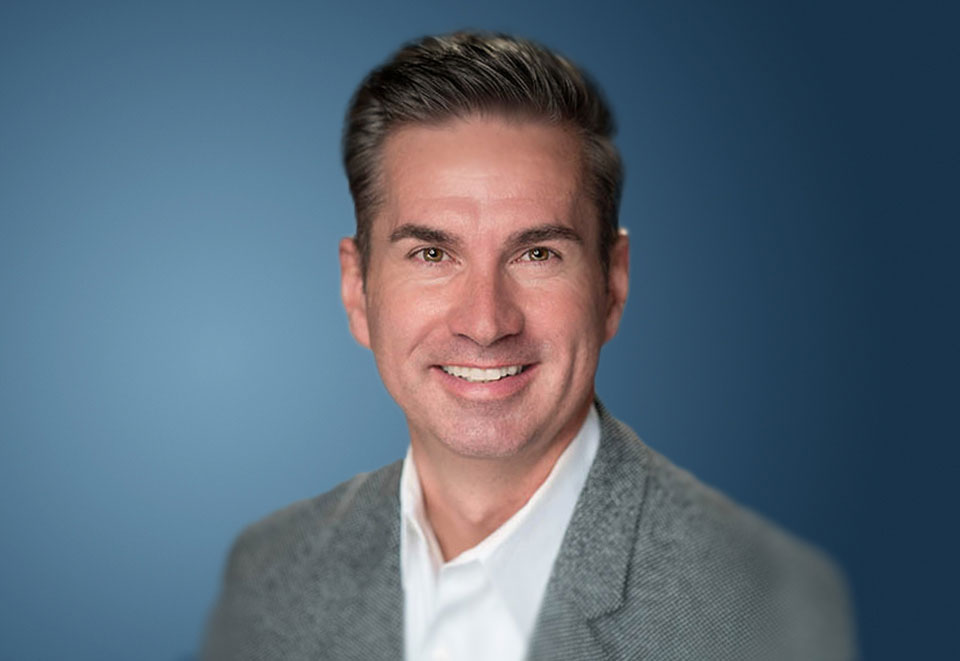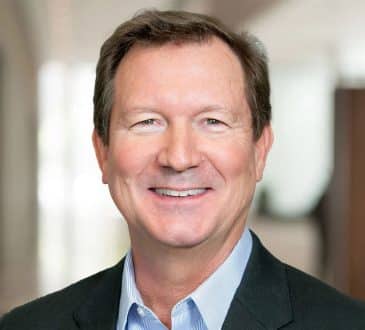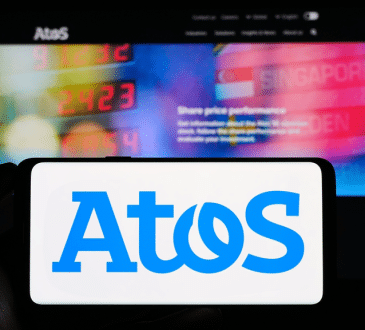The Looming Talent Crisis

Like a dangerous hurricane being closely tracked, it’s coming, and we’ve known it.
Demographics.
Average retirement age.
The health of our economy.
They all point to a mass exodus of workforce talent over the next decade and an accompanying talent shortage looming on the horizon. With approximately 10,000 baby boomers turning 65 every day—a trend that will continue until 2030—it’s quite possible that we will see, in the words of one analyst, “a veritable tidal wave of turnover.”
Yet, much like those who defy all warnings thinking the hurricane won’t impact them, many organizations are not taking the steps necessary to prepare for this looming talent crisis. Dion Leadership affiliate coach and certified retirement coaching expert Kris Lehman shares the good news that “organizations that take a proactive approach to the aging workforce and create flexibility and preparation for this next chapter in workers’ lives can seize a competitive advantage.”
For CEOs who want the bottom-line numbers, it’s five million. Yes, we’re looking at a projected shortfall of five million workers over the next several years. Some industries are expecting major disruptions as “flash retirements” result in large numbers of employees leaving all at once. It’s becoming clear that the population of younger workers with the education and skills to replace those retiring isn’t large enough or growing fast enough to make up for these departures.
The 2020–2021 global pandemic has compounded this talent shortage, causing a significant disruption to the way we work. Nearly 40 percent of workers, according to HRD Connect, indicate that they have become frustrated and disengaged due to anxiety caused by the introduction of new processes and changes associated with COVID-19. The DJS Global Job Confidence index of 2020 reported that among supply chain professionals, 41 percent of the global respondents indicated they are unlikely to stay with their current employer in the next few months. This data suggests that there is an undercurrent of dissatisfaction that will likely begin an exodus surge as the COVID-19 virus begins to recede and the economy, along with job prospects, heats up. Just as the overall business scene improves, we are likely to see a surge in talent taking flight from their current organizations.
If you’re getting a picture that attracting and retaining talent will be a significant business issue in this decade, you’re not alone. According to HRD Connect’s February 2020 study, approximately 80 percent of CEOs are either extremely or somewhat concerned about getting access to the skills their business needs. As we move toward a post-COVID landscape, one of the first challenges in talent retention will be to keep valued intellectual capital from walking out the physical or virtual door. Specifically, older workers who possess experience, institutional knowledge, and leadership will become increasingly difficult to replace.
Thinking strategically about the looming talent shortage
Fifty-seven percent of Baby Boomers have shared less than half of the knowledge needed to perform their job when they retire. Nearly a quarter of those surveyed revealed that they have shared none of their knowledge, which is an alarming loss of experience and expertise from an organization. In an era of aggressively eliminating “waste” in our organizations, it’s difficult to imagine a bigger waste than that of unplanned retirements and retirees who do not pass along their knowledge to their replacements.
Organizations need to begin identifying key retirement-age talent and engage them in talent planning. How will they be retained until a suitable replacement can be found? What can be done to facilitate knowledge transfer if they are intent on retiring? Is there internal talent who can be groomed to take on the role?
The accumulated experience that older workers possess can be a critical asset—especially in chaotic times like these. According to David DeLong, author of Lost Knowledge, older workers are more likely to possess three types of knowledge in particular: human, social, and cultural. Human knowledge relates to skills or expertise specific to a role, such as a legacy system or tools, while social knowledge relates to relationship skills. Cultural knowledge is a combination—it is the understanding of how things actually get done in an organization. All three are critical to keeping organizations running smoothly.
Thinking about opportunities to do better
Only 25 percent of organizations, as reported by Willis Towers Watson’s 2018 U.S. Longer Working Careers Survey, felt that they were managing the aging workforce effectively. Considering this low figure, what can the rest do to improve? How can organizations capture and transfer all of that human, social, and cultural knowledge and experience before it walks out the door?
Organizations can take a number of steps to explore the potential of having older workers stay in some capacity while also preparing for the loss of experienced older workers before they leave. Consider these initiatives:
- Create a Capstone Coaching Program that specifically addresses the retirement issue. This will help to create a more planful transition.
- Create a mentoring program. Older workers can serve as mentors to younger workers, which can increase motivation and performance. A SHRM Foundation Executive Roundtable on the Aging Workforce reported that most employees are open to learning from other colleagues.
- Employees with critical knowledge can be offered the chance to return to the organization to work on special projects on a freelance basis after they have retired. This latter approach has multiple benefits: reducing capacity shortfalls in a crucial job category and keeping valuable knowledge in the organization, as well as motivating employees near retirement to perform well so that they will be considered for this post-retirement opportunity.
- Rethink work with the retirement-aged worker, continue motivating them to appreciate the impact they make, and offer them opportunities to stretch. Most of the aging population is seeking work that makes a difference and matters. Peter Cheese, CEO of CIPD, characterizes this as the ability to do “good work.” The essence of this approach is creating the type of environment that “lets people work in a way that is good for them.”
- Intentionally design phased retirement programs to allow for greater flexibility while allowing for a gradual transition into the new chapter of these workers’ lives (Deloitte 2018 Global Human Trends Report).
- Allow for flexible work schedules and a reduction of virtual team fatigue. Work arrangements that provide for a greater degree of work flexibility are likely to increase the retention of key older workers. A flexible work schedule or some remote work options can be quite appealing for lengthening their tenure.
- Explore expanding benefit programs that allow those near retirement age to see attractive incentives for continuing work. For example, expanding dependent care coverage might tip the scales. Other benefits to consider are referrals, classes, and support groups. Organizations might also consider providing benefits to employees working as few as 16 hours per week.
The reality of an aging workforce will present challenges and opportunities for virtually every organization. We have been talking about flattening the curve of the spread of COVID-19 through taking quick action. We learned that where action was taken, it worked. While not as serious, knowing this challenge is coming to organizations should motivate you to take decisive action now and distinguish yourself as a premier employer, retain valuable talent, and flatten your talent exodus curve.
Written by Steve Dion. Have you read our most shared articles?
Best Leader. Worst Leader. What Did You Learn and How Do You Lead? by Leo Bottary.
How to manage to return back to the office after an extensive WFH period by Pamela Jabbour.
How to retire in just 10 years through commercial property by Scott O’Neill.
Digital acceleration and the business of ethics by Mark Carter.
Add CEOWORLD magazine to your Google News feed.
Follow CEOWORLD magazine headlines on: Google News, LinkedIn, Twitter, and Facebook.
Copyright 2024 The CEOWORLD magazine. All rights reserved. This material (and any extract from it) must not be copied, redistributed or placed on any website, without CEOWORLD magazine' prior written consent. For media queries, please contact: info@ceoworld.biz









